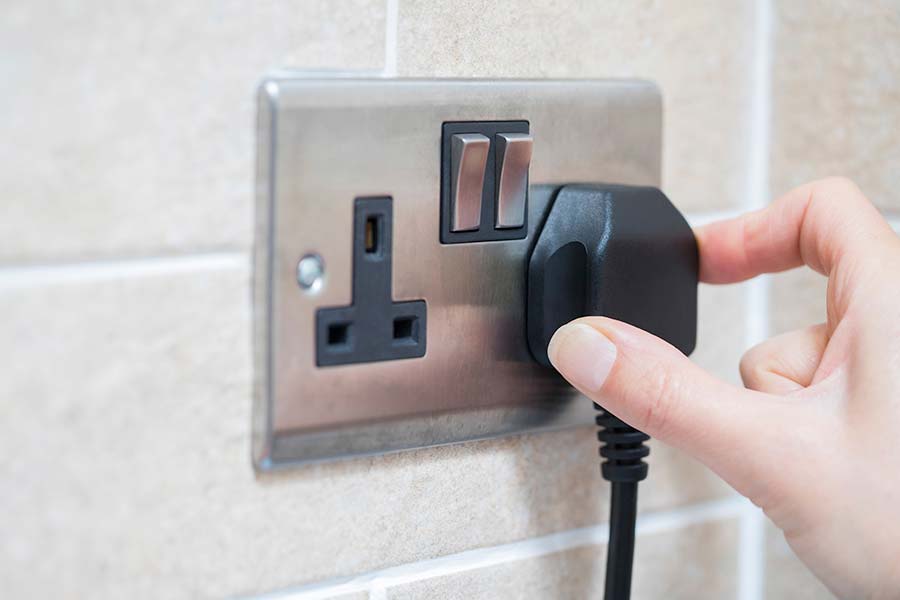Electrical advice
How to fix common power socket problems
12 Apr 2017 • 2 minutes


Having a single socket that is faulty can be a bit of a nuisance and leave you playing guess the plug whenever you want to connect something.
We’ve prepared some useful tips to help you diagnose the socket and then the case of the fault.
Use plugs with the British Standard Safety Stamp – they’re guaranteed to have live and neutral pins with insulating sleeves that enable safer insertion and withdrawal.
Check the shutter mechanisms in the sockets in your home close when removing plugs. This is an important safety precaution if you have young children who like to put their fingers in places they shouldn’t!
Need expert help with your sockets? HomeServe Repairs is the answer you’ve been searching for! Whether it’s a simple fix or a more complex issue, our Home Experts will get the root of your problem and give you peace of mind.
Our help & advice articles cover Plumbing, Home heating, Electrical, Energy-saving and Home maintenance.